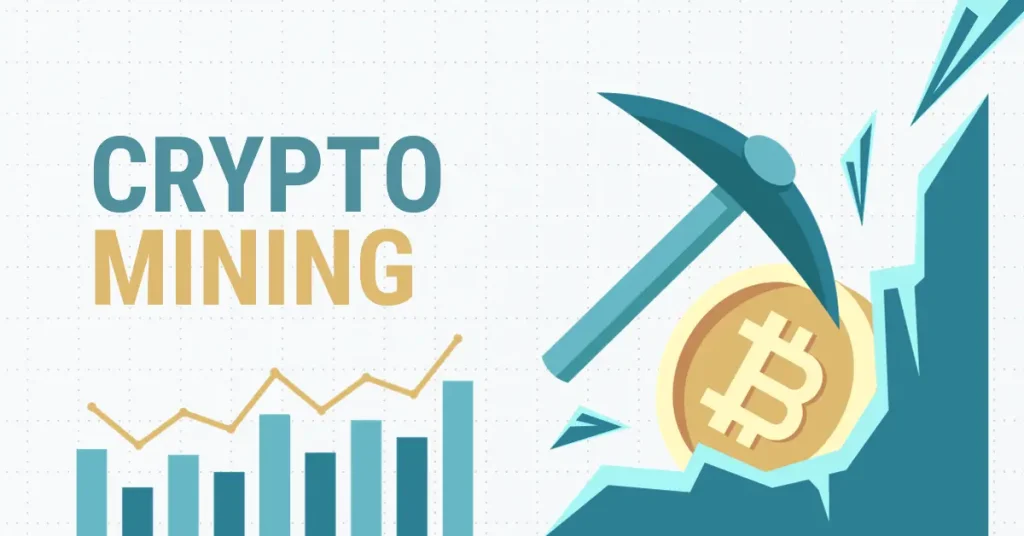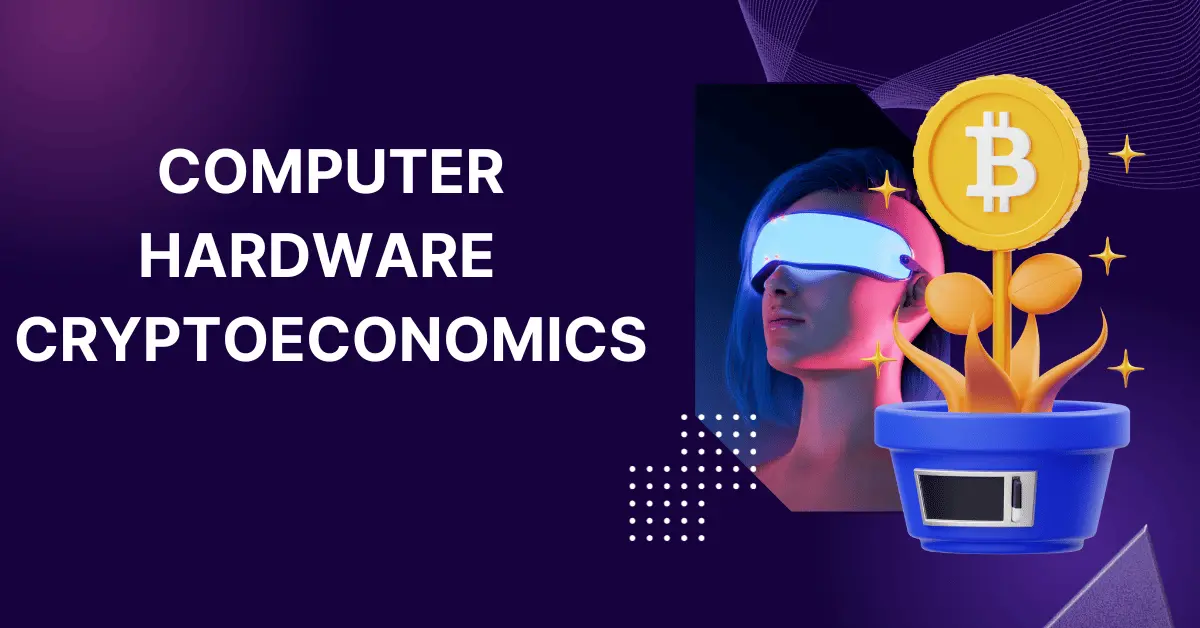In the dynamic world of financial technology, one sector has captured global fascination: cryptoeconomics.
As cryptocurrencies continue redefining how we perceive value, trade, and manage assets, the sophisticated hardware underpinning this revolution is often left in the shadows.
The world of digital coins, decentralized applications, and smart contracts would be a fantasy without the robust computer hardware we possess today.
Join us as we delve into the intricate relationship between cutting-edge hardware and the thriving crypto-economy.
The Bedrock: Modern Mining Equipment
Cryptocurrency mining, at its core, is a testament to the power of modern computer hardware.
The process requires specialized devices called ASICs (application-specific integrated circuits) or high-end GPUs (graphics processing units) to solve complex mathematical puzzles, thereby validating and securing transactions on the blockchain.

The competition among miners to solve these puzzles has grown fierce, driving the continuous demand for faster and more energy-efficient hardware.
As newer, more advanced models are introduced, the mining landscape becomes increasingly decentralized, ensuring the security and integrity of the blockchain network.
Powering Decentralized Platforms: Nodes and Validators
Beyond the world of mining lies the realm of nodes and validators, integral parts of any decentralized system.
A node is a computer that stores, propagates, and validates transactions on a blockchain.
Validators, on the other hand, are specific nodes chosen to confirm the authenticity of transactions based on particular consensus mechanisms.

For these systems to work effectively, a high-performance hardware infrastructure is paramount.
The massive volume of data exchange, combined with the need for real-time validation, demands computer systems that can process vast amounts of information seamlessly.
With this robust infrastructure, the decentralized dream of blockchain would be able to meet the efficiency and speed of traditional centralized systems.
Asset Staking and the Role of Advanced Calculations
One of the rising trends in crypto economics is asset staking, where users lock up their cryptocurrency to support network operations like transaction validation.
This process has increased demand for tools that help investors make informed decisions.

However, for these tools to function, they must utilize the processing power of cutting-edge computer hardware.
For example, a staking calculator can estimate potential returns on staked digital assets. To do so, it must consider various factors like network inflation, total staked amount, and validator performance.
Such calculations rely heavily on powerful hardware to crunch the numbers accurately and efficiently.
Useful Video: What is Cryptoeconomics
Smart Contracts: Automation and Trust
Smart contracts, self-executing contracts with the terms of the agreement directly written into code, have revolutionized how we conduct digital deals.
No longer do we solely rely on intermediaries or paper contracts.
These digital counterparts promise automation, transparency, and security.
Executing intelligent contracts demands computational prowess to handle multiple simultaneous operations without faltering.
Think of it as a computer continuously checking and running “if-then” statements with a precision that leaves no room for error.
As the complexity and volume of these contracts grow, the need for superior hardware becomes even more pronounced.
A lag or system fault due to inferior hardware can result in financial losses or breached agreements, emphasizing the importance of robust computer systems in this domain.
Enhancing User Experience: Wallets and DApps
Cryptocurrencies and decentralized applications (DApps) need user-friendly interfaces for broader adoption.
Digital wallets and DApps are the bridges that connect everyday users to the intricate world of blockchain.
Behind the intuitive interfaces of these platforms lies a myriad of operations, from real-time price updates to intricate transactional processes.
These operations, while appearing seamless to the user, are highly demanding on the hardware front.
For example, consider a DApp-based game or a high-frequency trading platform; they need high-speed processors and ample storage solutions to ensure smooth user experiences.
The continuous development in computer hardware ensures that these platforms can deliver their promises without glitches or prolonged waiting times.
Recommended Reading
- Advantages and Disadvantages of Antivirus Software
- The Unveiling Path of Blockchain and Crypto
- Importance of Data Protection for Websites in the Tech Domain
- Beginners Guide to Blockchain Programming
- How Can You Protect Yourself From Internet Hoaxes | 10+ Ways
- Advantages and Disadvantages of Gi-Fi
- What is a Computer Virus and Types
- Computer Basic Tutorials
Conclusion
Peeling back the layers of the crypto economy, it becomes evident that the pulsating heart of this revolution is not just the innovative algorithms or cryptographic principles but also the cutting-edge computer hardware that empowers it.
From the intricate calculations of mining to the swift operations of DApps, the crypto universe leans heavily on modern technological marvels to continue its growth and evolution.
As the line between our digital and physical realms continues to blur, the role of advanced computer systems in shaping the future of finance and beyond becomes all the more pivotal. Indeed, the crypto world is as much about silicon and circuits as it is about bits and blocks.
I have also written and compiled some articles on computers and telecommunications, and please go through them.
I hope you will like reading it.
All the questions and queries related to Computer Hardware in Cryptoeconomics are answered here.
If you have any questions about the Cryptoeconomics and Cryptocurrency.
Don’t hesitate to contact me, and if you feel to add, remove or update anything from the article, please let me know in the comment section or via email.
I will be more than happy to update the article. I am always ready to correct myself.
Please share this article with your friends and colleagues; this motivates me to write more related topics.
!!! Thank You For Reading !!!
